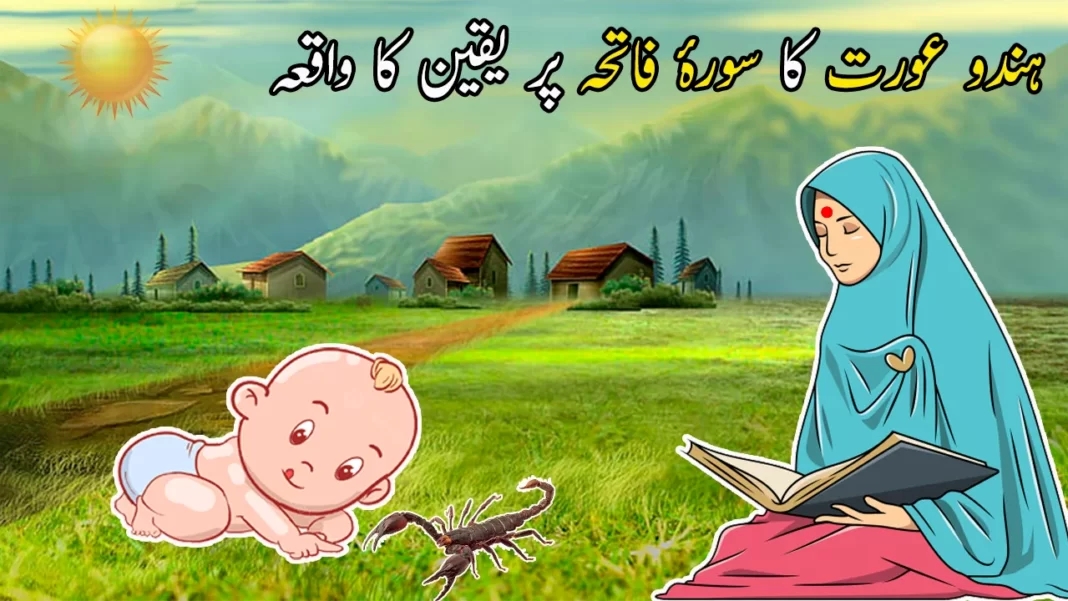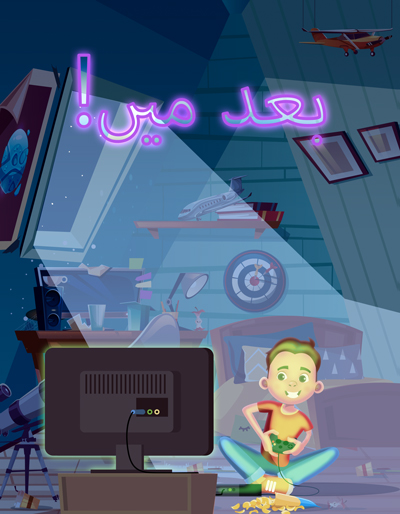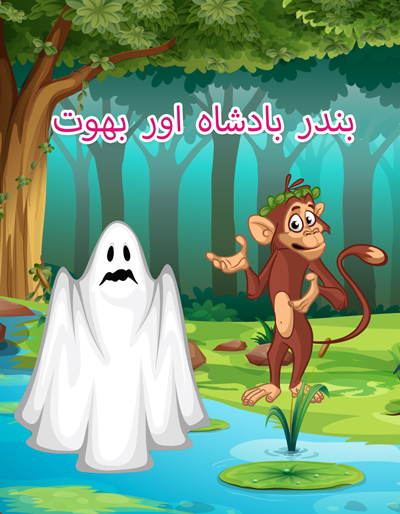KIDS STORY| An Enchanting Adventure Awaits
Enter a world where each tale is an engrossing voyage full of creativity and adventure. Young readers can discover wonderful worlds in kids’ stories, gain important life lessons, and develop their creativity through the use of storytelling in children’s literature.
These captivating stories encourage you and your children to go on thrilling excursions. They pique interest and encourage a passion for reading that lasts a lifetime. In this piece, we’ll examine the various aspects of kids’ literature and show how it may enhance your kids’ lives and mold their worldview.
For more quotes, please click here
Key Takeaways
- Kids’ stories cultivate imagination and inspire creativity.
- Storytelling is vital for children’s emotional and intellectual development.
- Children’s literature helps impart valuable life lessons.
- Engaging narratives invite young readers into fantastic adventures.
- Every brand of storytelling enriches family connections.
- Exploring tales from various cultures promotes diversity and understanding.
The Enchantment of Narrative
A child’s growth greatly benefits from storytelling. It educates them about emotions, friendships, and life in general—it’s not just about having fun. Children learn to think more critically and have a greater comprehension of the world through tales. Stories make difficult concepts understandable and relatable by simplifying them.
The Significance of Stories for Kids
An effective way to learn is through stories. They encourage kids to think more critically about their surroundings and investigate fresh viewpoints. Stories provide a secure environment for youngsters to express and comprehend their feelings by igniting their imagination and creativity. Stories make teachings remember and meaningful by connecting with children’s experiences through relevant characters and captivating tales.
Techniques for Engaging Young Minds through Storytelling
Effective storytelling techniques are crucial if you want to genuinely grab a child’s attention. Here are some useful pointers:
Voice Modulation: Bring characters to life by modifying the tone, pitch, and tempo of your voice.
Encourage your youngster to share their views and feelings about the story or make predictions about what will happen next.
Using visual aids, such as photographs, props, or even hand gestures, can help sustain their focus and enhance comprehension.
Children’s Story Types
There are many different kinds of stories that captivate young readers in the field of children’s literature. These stories convey important lessons in addition to being enjoyable. Every genre, from instructive stories to fairy tales and adventures, fosters children’s development, dreams, and understanding of the world.
Folklore and Fairy Tales
Folklore and fairy tales are ageless classics that take kids to fantastical realms with wonderful people and important lessons. These tales inspire children’s imaginations and knowledge by incorporating morals and values into captivating storytelling.
Adventure Tales for Young Adventurers
Children are motivated to explore new areas by adventure stories. These stories, which include thrilling adventures and valiant protagonists, provide valuable lessons like bravery, friendship, and the joy of discovery, inspiring children to view the world with an open mind.
Educational Tales That Make Learning Enjoyable
Educational stories cover topics like science, history, and social skills in a fun and interesting way by fusing education with entertainment. Children readily absorb information, frequently without even realizing they’re learning, which makes education a fun and seamless aspect of reading.
Creating Your Own Kid’s Story
Starting a kids’ story can be fun for you and your child. Brainstorming together sparks creativity and lets your child share their ideas. This helps create a story they’ll remember.
Brainstorming Ideas with Your Child
Brainstorming is key to a great story. To begin, take a seat and make a list of the people, places, and conflicts. Pose open-ended questions to your kids, such as “What if animals could speak? or “When you’re not looking, where do your toys go?
They get more engaged and enthusiastic about the story as a result of this, stimulating their imagination.
How to Effectively Organize Your Child’s Story
After you have a ton of ideas, concentrate on developing the story’s framework. An excellent story has a distinct beginning, middle, and end. Set the scenario and introduce the characters first.
Next, give your characters a task or problem to resolve. This keeps the narrative flowing and captures the reader’s attention. In addition to being more entertaining, a well-structured story is simpler for kids to follow and relate to.
Elements of a Captivating Kids’ Story
Several essential components are needed to create an engaging children’s narrative. Start with characters that kids can relate to. Readers are captivated by an intriguing storyline that is full of wonder. A gratifying conclusion also leaves one feeling happy for a long time.
Developing Relatable Characters
A superb children’s narrative revolves around its characters. Youngsters can better comprehend a variety of feelings and experiences since they frequently identify with the people they read about.
These characters, whether they are a courageous hero or a humorous sidekick, give the narrative life and help young readers remember and understand it.
Building an Interesting Plot
A gripping storyline captivates young brains with thrills and challenges. Readers are kept interested by an intriguing plot full of adventure, and they get curious about what will happen next as the plot takes unexpected turns.
The Importance of a Happy Ending
For young readers, a satisfying conclusion is essential. It demonstrates to them that good can triumph and issues can be resolved. Children are inspired to read more by this pleasant conclusion, which gives them hope.
Where and How to Read Together: A Guide to Story Sharing
Children have magical moments during storytime at home; it’s an opportunity to explore fantastical and exciting worlds. Create a comfy setting with soft lighting and cozy chairs to make it even more memorable.
To encourage their creativity, construct a blanket fort or add cushions. This type of arrangement fosters a lifetime love of books and makes reading enjoyable.
How to Set Up the Ideal Storytime Environment at Home
Add a few inventive elements to make storytime genuinely unforgettable. Here are a few basic concepts:
- Lighting: A serene and welcoming atmosphere is produced by warm, gentle lights or fairy lights.
Props: Bring in decorations or plush animals that correspond with the theme of the story.
Establish a reading nook where your kids feel secure, at ease, and prepared to listen.
These little things have the power to make reading a treasured daily practice.
Websites for Children to Share Stories
Children can now share their stories on the internet. This is an excellent method for fostering creativity and creating a network of young authors. Seek out forums and websites designed specifically for children to post their stories and receive comments.
Children can share stories outside of their households using online channels. They can collaborate with people all over the world to enhance their writing. It’s an enjoyable approach for people to learn and exchange tales.
The Advantages of Reading Children’s Stories
There is more to reading children’s books than just having pleasure. It fosters the development of your child’s imagination. They think more deeply and are inspired to be creative by stories. They expand their universe by learning about new objects, cultures, and experiences.
Increasing Creativity and Imagination
Your child’s creativity is sparked by stories. They are inspired by stories about fantastical places and monsters. This play is essential for fostering creativity and new ideas.
Enhancing Language Proficiency
Your child’s linguistic skills improve while they read. They pick up new vocabulary and sentence construction skills. They can communicate more effectively and comprehend stories more fully as a result. It gets children ready for both school and social life.
KIDS’ Story: Global Tales
We can learn about the values and beliefs of many cultures through their stories. Children can learn about different cultures by reading stories from throughout the world. Every narrative connects us to many storytelling traditions and teaches us something new.
Kids’ Stories Reflect Different Cultures
Narratives from around the globe highlight the diversity of cultures. Tales from the Americas, Europe, Asia, and Africa all have distinctive values. These tales foster empathy and compassion in children by helping them comprehend traditions and customs that may be unfamiliar to them.
Honoring Customs Using Narratives
The preservation of cultural heritage depends on storytelling. Every tale conveys lessons and morals that have been passed down over the ages. It enables children to understand the value of storytelling in maintaining culture and establish a connection with their heritage. Children learn to value the tales that bind various communities together by honoring these customs.
The Role of Illustrations in Kids’ Stories
Illustrations in kids’ stories connect the text to a child’s imagination. They are key in making stories come alive. By picking the right pictures, you can make the story feel more real to kids.
How Pictures Enhance Understanding
Pictures help kids get the story better. They show feelings and places that words can’t. Seeing pictures with the story helps kids:
- Increased engagement: Pictures make reading more fun.
- Improved retention: Pictures help kids remember the story better.
- Stronger emotional connections: Pictures make kids feel more for the characters.
Selecting the Right Illustrations for Your Story
Consider a few factors when choosing images. This guarantees that they support your narrative:
Relevance: Images should reflect key events in the narrative.
Style: Choose a style that is appropriate for the tone of your story, such as lighthearted or somber.
Character Representation: To help children relate to characters, pictures should effectively depict them.
Selecting quality illustrations for children’s stories improves reading. It increases children’s comprehension and enjoyment of the narrative.
| Illustration Aspects | Impact on Reading |
|---|---|
| Engagement | Increases interest and keeps children focused on the story. |
| Comprehension | Enhances understanding of complex themes and emotions. |
| Memory Retention | Aids in remembering characters and plot details. |
| Emotional Connection | Helps children empathize with characters and situations. |
Storytelling as a Family Activity
Families can strengthen their bonds through storytelling. It inspires creativity and allows you to connect with your loved ones. It’s an opportunity to create enduring memories that unite generations.
Families generate wonderful moments when they tell stories to each other. Your family is strengthened by these occasions. They transform straightforward tales into profound encounters that unite you all.
Encouraging Family Bonding through Stories
Storytelling helps families talk openly and feel closer. When you share stories, you have real conversations. It’s a way to laugh, share feelings, and feel like you belong.
Fun Storytelling Activities for Kids’
Adding storytelling to your family time can be fun and learning. Here are some ideas:
- Story Cubes: Use dice with images to create spontaneous stories.
- Family History Stories: Share tales from your family’s past, connecting younger generations to their roots.
- Impromptu Theatre: Act out a story using props found around the house.
- Story Jar: Write prompts on slips of paper and pull one out to inspire a group story.
These activities make your family closer, creating moments filled with joy and creativity. Making storytelling a family tradition brings you all together for life.
Digital Kids’ Stories: Pros and Cons
Digital kids’ stories have changed how kids read books. E-books and apps offer a wide range of choices, making reading fun and interactive. They have bright pictures and sounds, making stories more exciting.
But there are downsides. Too much screen time can hurt kids’ focus and attention. It’s important to think about these effects.
The Rise of E-Books for Young Readers
E-books are now a big part of kids’ books. They make it easy for kids to find many different stories. You can have a whole library in your pocket, perfect for families always on the move.
But using devices for stories can take away the fun of holding a real book. There’s something special about turning pages.
Balancing Screen Time with Traditional Reading
It’s key to balance digital and traditional reading. Here are some tips to help:
- Set times for e-books and traditional reading.
- Use physical books for bedtime stories to create a cozy routine.
- Talk about digital stories and how they relate to real books.
- Watch how much screen time kids have and keep it healthy.
Using Kids’ Stories for Lessons
Kids’ stories are great for teaching important values and skills. They share moral lessons that help kids know right from wrong. These stories also help them deal with tough social situations.
Engaging stories make learning fun and memorable. This makes it easier for kids to understand the lessons.
Moral Lessons from Kids’ Stories
Children learn about integrity, compassion, and perseverance through stories. Characters overcome obstacles and develop, teaching children how to deal with difficult situations. For instance, “The Tortoise and the Hare” emphasizes the need of diligence.
“The Boy Who Cried Wolf” cautions against deceit. These teachings mold a child’s personality and assist them in making moral decisions on a daily basis.
Stories also teach life skills like solving problems and being kind. Kids learn about teamwork and understanding others through these tales. They see characters overcome obstacles and learn from their experiences.
These stories prepare kids for real-life challenges. They learn to face problems with confidence and kindness.
Popular Authors of Kids’ Stories
Exploring children’s literature, you’ll meet influential figures who’ve shaped young readers’ stories. Dr. Seuss and Roald Dahl are among the most famous. They’ve written classics that capture kids’ hearts everywhere.
Their stories are full of imagination and characters that kids can relate to. This makes reading fun and meaningful.
Influential Figures in Children’s Literature
In children’s literature, several authors are important. Readers are transported to fantastical realms by Dr. Seuss’s rhymes and characters. There are surprises and courageous heroes in Roald Dahl’s books.
These writers have had a significant influence. New storytellers now have more opportunities thanks to them.
Modern Favorites: Discover New Authors
Today’s children’s books are filled with fresh voices. Authors like Kwame Alexander and Liz Garton Scanlon offer exciting stories. They bring new themes to kids today.
Introducing your child to these authors expands their reading world. It sparks their imagination.
The Future of Kids’ Stories
Looking ahead, kids’ stories are set for exciting changes. There’s a big push for stories that are inclusive and care for our planet. This shift makes stories more relatable and meaningful for kids and parents alike.
Children’s literature is evolving to reflect the world’s diversity. Stories now connect with kids on a deeper level. This makes for richer, more impactful tales.
Trends in Children’s Literature
Today’s stories focus on important themes like social awareness and caring for the environment. They celebrate different cultures, helping kids feel included and valued. These stories also mix fantasy with real-life issues, teaching kids about hope and overcoming challenges.
This new way of storytelling makes sure every child finds a story that speaks to them. It opens doors to new experiences and perspectives.
Innovative Formats for Storytelling
Children’s engagement with stories is changing as a result of new storytelling techniques. Children can participate in interactive e-books, making reading an adventure. A unique reading experience is provided by augmented reality books, which bring stories to life.
These forms enhance the enjoyment and engagement of reading. They foster a love of storytelling among children. These cutting-edge techniques will keep young minds interested and stimulated as storytelling develops.
Conclusion
Storytelling is key in helping your child grow emotionally and intellectually. These stories are more than fun; they spark imagination and creativity. They also help your child understand the world better.
By reading stories, you create special moments and bond with your child. It’s not just about the stories; it’s about the memories you make. Encourage your child’s love for reading and learning by joining them on this journey.
Step into the magical world of stories with your child. Enjoy the joy it brings and watch their love for stories grow. Reading together every day gives your child important skills for school and social life. Start making memories today and explore the wonderful world of kids’ stories together.
FAQ
Why are kids’ stories important for my child’s development?
Kids’ stories are key because they boost brain growth, emotional smarts, and social skills. They help kids grasp complex ideas and feel empathy through exciting tales.
What types of kids’ stories are most engaging?
The most exciting stories for kids are fairy tales, fables, and adventures. They teach valuable lessons and spark imagination as kids explore new worlds.
How can I create my own kids’ story with my child?
Start by coming up with ideas as a group. Find out what your child’s favorite subjects are. Next, assist them in developing the story by emphasizing the plot, characters, and setting.
What are the essential elements of a captivating kids’ story?
Great kids’ stories have characters kids can relate to, a plot with surprises, and a happy ending. This mix keeps kids hooked and helps them connect with the story.
Where can I read or share kids’ stories?
Read stories at home or online. Websites and apps for kids offer a community for young storytellers.
How does reading kids’ stories benefit my child’s creativity?
Reading sparks imagination with new worlds and ideas. It also boosts language skills, vocabulary, and comprehension, helping kids communicate well.
Why are illustrations important in kids’ stories?
Children can better comprehend and enjoy stories when they are brought to life through pictures. Young readers will find the story more captivating when it has strong images.
How can storytelling become a fun family activity?
Make storytelling fun by creating tales together. Include games to bond and encourage creativity, and have fun.
What are the pros and cons of digital kids’ stories?
Digital stories offer convenience and a wide selection. But, balance screen time with real books to keep kids’ attention healthy.
What moral lessons can kids learn from stories?
Stories teach lessons on fairness, friendship, and perseverance. These skills help kids deal with real-life relationships and experiences.
Who are some popular authors of kids’ stories?
Prominent writers include J.K. Rowling, Roald Dahl, and Dr. Seuss. Children are inspired by their works, which present a variety of stories and ideas.
What trends are shaping the future of kids’ stories?
Interactive e-books, sustainability, and inclusivity are trends. These are meant to make stories more interesting and novel for children.



















